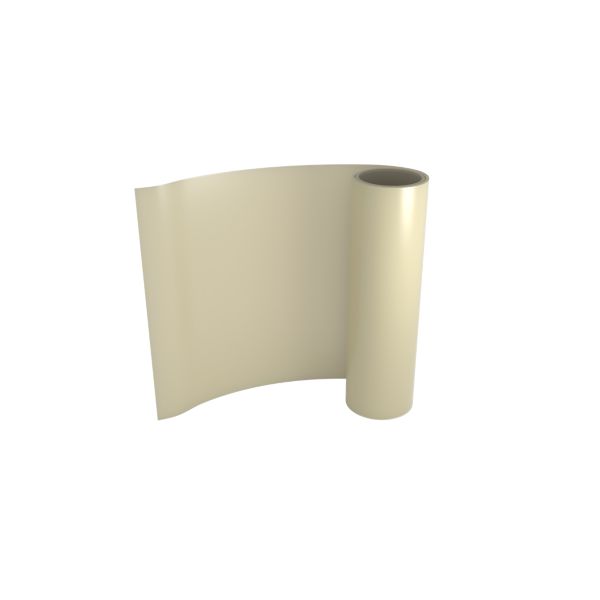LOCTITE ABLESTIK 5025E
Harmonization Code : 3920.99.28.90 | Other plates, sheets, film, foil and strip, of plastics, non-cellular and not reinforced, laminated, supported or similarly combined with other materials ; Of other plastics ; Other; Other
Main features
- Thin, uniform bondline control
- Electrically conductive in x,y,z axes
- Excellent electrical and thermal conductivity
Product Description
LOCTITE ABLESTIK 5025E unsupported, epoxy assemly adhesive film is ideal for bonding "hot" devices and printed circuits onto heat sinks in applications where electrical insulation is not required. By leveraging a precise heat and pressure process it achieves a void free connection.
LOCTITE ABLESTIK 5025E passes NASA outgassing standards. It is available in die cut preforms or sheet stock and is only available with 5011 certification.
Cure Schedule
- 30 minutes @ 150°C
- 2 hours @ 125°C
Technical Specifications
| General Properties | |||||||||||
| |||||||||||
| |||||||||||
| Work life @25°C Work life @25°C Work life is the amount of time we have to work with a material until it is no longer able to be easily worked and applied on a substrate. It is based on the change in viscosity and it can rely on the application requirements. | 2184 hours | ||||||||||
| Chemical Properties | |||||||||||
| |||||||||||
| Mechanical Properties | |||||||||||
| |||||||||||
| |||||||||||
| Electrical Properties | |||||||||||
| Volume Resistivity Volume Resistivity Volume resistivity, also called volume resistance, bulk resistance or bulk resistivity is a thickness dependent measurement of the resistivity of a material perpendicular to the plane of the surface. | 5.0x10-4 Ohms⋅cm | ||||||||||
| Thermal Properties | |||||||||||
| |||||||||||
| Glass Transition Temperature (Tg) Glass Transition Temperature (Tg) The glass transition temperature for organic adhesives is a temperature region where the polymers change from glassy and brittle to soft and rubbery. Increasing the temperature further continues the softening process as the viscosity drops too. Temperatures between the glass transition temperature and below the decomposition point of the adhesive are the best region for bonding. The glass-transition temperature Tg of a material characterizes the range of temperatures over which this glass transition occurs. | 90 °C | ||||||||||
| Thermal Conductivity Thermal Conductivity Thermal conductivity describes the ability of a material to conduct heat. It is required by power packages in order to dissipate heat and maintain stable electrical performance. Thermal conductivity units are [W/(m K)] in the SI system and [Btu/(hr ft °F)] in the Imperial system. | 6.5 W/m.K | ||||||||||
Additional Information
Directions for use
- LOCTITE ABLESTIK 5025E adhesive film is unsupported.
- Handle carefully to avoid any stretching or flexing when frozen.
- It may be helpful during handling to keep at least one sheet of release paper attached.
- Preheat surface to be bonded to approximately 45°C.
- Remove release paper from one side of the adhesive film.
- Apply film to one of the bonding surfaces.
- Remove any trapped air by pressing on the surface
- Allow device to cool to room temperature.
- Remove the release paper from the other side of the adhesive film. Attach the remaining adherent.
- Apply spring loaded clamp or dead weight to provide continuous pressure of at least 2 to 10 psi during cure cycle.
- Place assembly in a preheated oven and cure at the recommended cure schedule.




